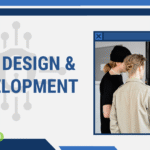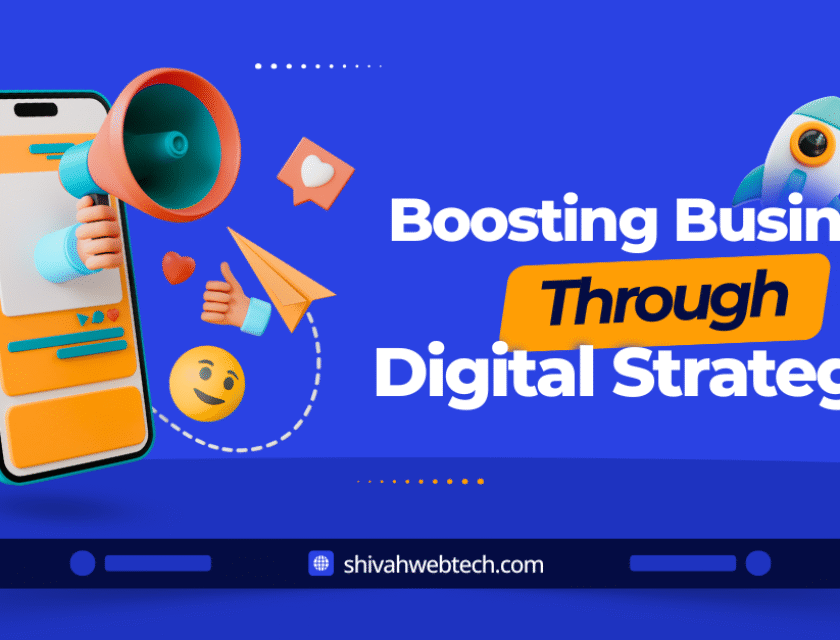In today’s hyper-competitive world, small businesses cannot afford to rely only on traditional methods of running their operations. The digital shift has made IT services for small business a crucial factor in growth, efficiency, and long-term sustainability. From setting up the right technology infrastructure to designing an effective marketing strategy, small businesses need a structured approach to thrive.
This guide provides a step-by-step business setup and a comprehensive marketing strategy for leveraging IT services to achieve consistent growth.
Why Small Businesses Need IT Services
Small businesses often work with limited budgets, staff, and resources. The right IT services help bridge these gaps by:
-
Reducing Costs: Cloud solutions eliminate expensive hardware.
-
Enhancing Security: Cybersecurity keeps sensitive data safe.
-
Boosting Productivity: Collaboration tools improve teamwork.
-
Scaling Operations: IT services allow businesses to expand without massive investment.
-
Improving Customer Experience: CRMs and digital tools make client interaction seamless.
According to a Deloitte survey, small businesses that adopt IT tools grow 4x faster than those that don’t.
Step 1: Business Setup with IT Services
1. Build the Right IT Infrastructure
-
Hardware: Invest in essential laptops, routers, and storage systems.
-
Software: Use better software for accounting, design, or CRM.
-
Cloud Solutions: Store data securely on Google Cloud, AWS, or Azure.
Fact: 80% of small businesses now rely on cloud computing for daily operations (Gartner, 2024).
2. Set Up Cybersecurity Protocols
-
Multi-factor authentication for all logins
-
Firewalls & antivirus tools
-
Regular data backup
According to a 2023 CNBC report, nearly 43% of cyber attacks are aimed at small businesses, yet only about 14% have adequate protection in place
3. Adopt Business Process Automation
Automate repetitive tasks like payroll, invoices, and emails. Tools like Zapier, HubSpot, or QuickBooks reduce errors and save time.
4. Develop a Digital Presence
-
A professional website optimized for SEO (SEO web developer)
-
Mobile-friendly design
-
Integrated contact forms & chatbots for lead capture
-
Secure payment gateways for e-commerce
According to Stanford Research, 75% of consumers evaluate a company’s credibility by looking at its website
5. Use CRM & ERP Systems
Customer Relationship Management (CRM) systems such as Salesforce or Zoho help track leads and nurture customer relationships. Enterprise Resource Planning (ERP) systems streamline operations like inventory and HR.
6. Leverage Data Analytics
Small businesses can utilize tools such as Google Analytics and Power BI to make more informed, data-driven decisions. Analytics can track customer behavior, sales performance, and ROI of campaigns.
Step 2: Marketing Strategy for IT Services for Small Business
Having a robust IT setup is half the battle won. The next step is a marketing strategy that leverages these tools to build brand visibility, attract customers, and ensure long-term growth.
1. Branding & Positioning
Before marketing IT services, small businesses must define:
-
Target Audience: Small businesses needing IT, startups, e-commerce shops, local service providers.
-
USP (Unique Selling Proposition): Example: “Affordable IT services for small business with 24/7 support.”
-
Brand Voice: Professional yet approachable.
2. SEO & Content Marketing
Search Engine Optimisation is the backbone of digital marketing services as for brand building and visibility organically.
-
Create blogs targeting long-tail keywords like:
-
“Affordable IT services for small business”
-
“How IT support helps startups grow”
-
-
Publish how-to guides, industry case studies, and infographics.
-
Optimize website with technical SEO (fast loading, mobile-first). Technical SEO audit service
Fact: Companies with active blogs generate 67% more leads per month (HubSpot, 2024).
3. Social Media Marketing
-
Build authority on LinkedIn with industry insights.
-
Use Instagram and Facebook for engaging posts and client stories.
-
Run targeted ads focusing on business owners and startups.
Pro Tip: Share testimonials and success stories highlighting how your IT solutions helped clients scale.
4. Email Marketing & Automation
-
Build an email list of small business owners.
-
Send personalized newsletters about IT trends, security tips, and special offers.
-
Use automation to nurture leads through drip campaigns.
5. Paid Ads (PPC & Meta Ads)
-
Use Google Ads to target keywords like “IT services for small business near me”.
-
Run Meta Ads (Facebook/Instagram) with lead-gen objectives to collect client inquiries.
-
Test and optimise campaigns monthly.
6. Influencer & Partnership Marketing
-
Partner with business coaches, startup hubs, or coworking spaces.
-
Collaborate with micro-influencers who cater to small business owners.
7. Customer-Centric Marketing
-
Offer free IT consultations or audits.
-
Provide case studies that highlight ROI from IT services.
-
Build loyalty programs for repeat clients.
Roadmap: Complete IT Business Setup + Marketing Flow
Here’s a practical roadmap small businesses can follow:
Phase 1: Setup (Months 1–3)
-
Establish IT infrastructure (cloud, CRM, cybersecurity).
-
Launch professional website with SEO basics.
-
Create brand guidelines and define target audience.
Phase 2: Growth (Months 4–6)
-
Run SEO-driven blog campaigns.
-
Start social media presence (LinkedIn + Instagram).
-
Implement CRM-based email marketing.
-
Launch small-budget PPC campaigns.
Phase 3: Expansion (Months 7–12)
-
Scale PPC and social ads.
-
Add automation tools for lead nurturing.
-
Publish success stories, case studies, and whitepapers.
-
Build referral and partnership networks.
Example Marketing Funnel
- Attract: SEO blog + PPC ads drive traffic.
- Engage: Visitors interact with chatbots, free IT guides.
- Capture: CRM collects emails via lead magnets.
- Nurture: Email automation builds trust.
- Convert: Offer a discounted IT support package.
- Retain: Provide ongoing support & upsell new services.
Final Thoughts
A successful small business in 2025 doesn’t just rely on hard work—it relies on smart work supported by IT services. From building a secure IT infrastructure to executing data-driven marketing campaigns, small businesses can scale faster, serve customers better, and remain competitive against larger corporations.
By combining Affordable IT services for small business with a strong marketing strategy and structured roadmap, entrepreneurs can achieve growth, stability, and long-term sustainability.
If you’re a small business owner, this is the right time to embrace IT—because in the digital economy, technology is not just a support function, it’s a growth engine.


